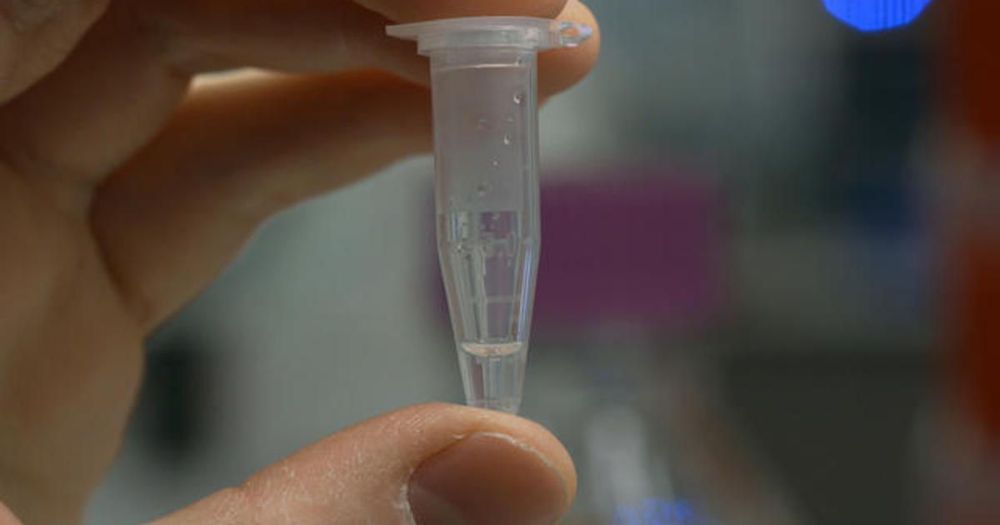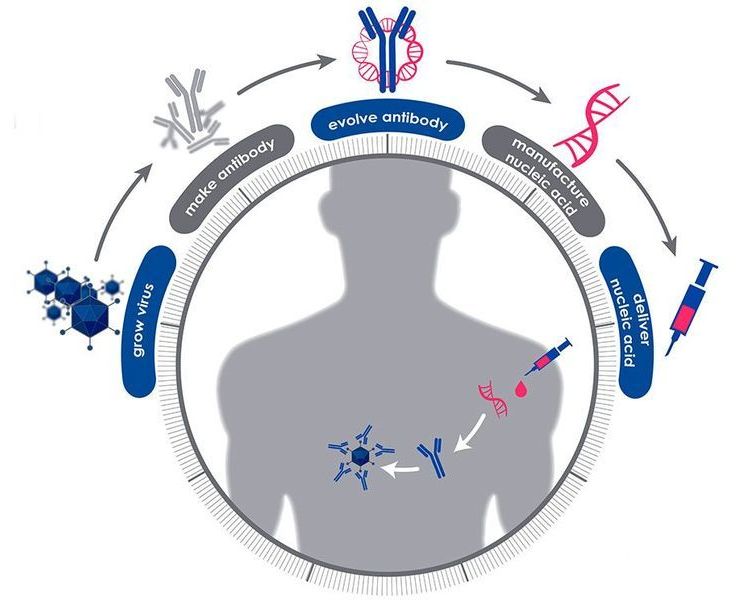Page 7793
Early Bird ends TOMORROW!
Have you got your tickets yet? If not, then you just have a few hours to do so and save €200. Early Bird ends tomorrow 11:59 pm CET (15:00pm Pacific).
Accelerating rejuvenation therapies to repair the damage of aging.
Mar 6, 2020
The Longevity landscape and investment potential
Posted by John Davies in category: life extension
Hype or hyper-exciting? Kate Batz of Longevity. Capital shares her views on the Longevity landscape and its investment potential: pragmatic optimism, but full of opportunity.
Mar 6, 2020
E020-Interview with Elizabeth Parrish CEO of BioViva Sciences
Posted by John Davies in categories: biotech/medical, life extension

Should we be forced to die? Live? We’re going to dig into some deep questions about health and longevity in our discussion this week with the CEO of BioViva Sciences, Elizabeth Parrish. BioViva is dedicated to improving healthy human longevity through bioinformatics used in health predictions and recommendations, precision medicine, and the discovery of novel biomarkers by applying state of the art computational methods on vast collections of biological data.
Mar 6, 2020
In World First, CRISPR Used on Patient’s Eye in Attempt to Cure Genetic Blindness
Posted by Paul Battista in categories: biotech/medical, genetics, health
For the first time, doctors have attempted to cure blindness by gene-hacking a patient with CRISPR technology.
A team from Oregon Health & Science Institute injected three droplets of fluid that delivered the CRISPR DNA fragments directly into a patient’s eyeball, The Associated Press reports, in hopes that it will reverse a rare genetic condition called Leber congenital amaurosis, which causes blindness early in childhood.
“We literally have the potential to take people who are essentially blind and make them see,” Charles Albright, chief scientific officer of Editas Medicine, told the AP.
Mar 6, 2020
The inevitable impact of the Coronavirus on the world’s rare earths supply
Posted by Omuterema Akhahenda in categories: biotech/medical, food
The coronavirus outbreak in China has had a foreseeable but unintended consequence. Truck drivers have refused to make deliveries into areas either identified as or suspected of harboring the disease.
This has interrupted not only the flow of minerals out of the affected areas but also the refining and manufacturing of metals, food, and fuel. Among the under-reported deficiencies thereby caused the most important ones for the global rare earths production and utilization industries is the interruption in the flow of chemical reagents necessary for refining rare earths and for producing metals, alloys, and magnets.
Critical materials-based supply chains may be hanging by a thread, the thread of the size of existing Chinese inventories. The coronavirus outbreak in China has had a foreseeable but unintended consequence.
Continue reading “The inevitable impact of the Coronavirus on the world’s rare earths supply” »
Mar 6, 2020
Gene-editing tool CRISPR used inside a human’s body for the first time, scientists say
Posted by Montie Adkins in categories: bioengineering, biotech/medical, genetics
Scientists say they have used the gene editing tool CRISPR inside someone’s body for the first time — offering a new frontier for efforts to operate on DNA, the chemical code of life, to treat diseases.
A patient recently had it done at the Casey Eye Institute at Oregon Health & Science University in Portland for an inherited form of blindness, according to the companies that make the treatment. The company would not give details on the patient or when the surgery occurred.
It may take up to a month to see if it worked to restore the patient’s vision. If the first few attempts seem safe, doctors plan to test it on 18 children and adults.
Mar 5, 2020
Coronavirus Update II
Posted by Eric Klien in categories: biotech/medical, existential risks
We would like to thank the many people who provided comments to our last coronavirus update at https://www.facebook.com/groups/lifeboatfoundation/permalink/10158676889983455/.
You can comment on this update at https://www.facebook.com/groups/lifeboatfoundation/permalink/10158683233098455/.
Here’s a lot of new information:
Mar 5, 2020
Physicists link quantum memories across the longest distance ever
Posted by Quinn Sena in categories: cybercrime/malcode, internet, particle physics, quantum physics
A team of scientists in China has linked quantum memories over more than 30 miles (50 kilometers) of fiber optic cable, beating the previous record by more than 40 times over. This feat is an important step toward a hack-proof internet, scientists said.
The internet we use today was truly a revolutionary invention. It connected the world with information and allowed us to share millions of photos of cute and cuddly cats. But the internet is also filled with hackers trying to intercept important or sensitive information. To fight back, physicists have come up with a solution, with a little help from Schrödinger’s cat, the famous, hypothetical dead-and-alive feline meant to expose the weird nature of subatomic particles.
Mar 5, 2020
DARPA Races To Create a “Firebreak” Treatment for the Coronavirus
Posted by Genevieve Klien in category: biotech/medical
When DARPA launched its Pandemic Preparedness Platform (P3) program two years ago, the pandemic was theoretical. It seemed like a prudent idea to develop a quick response to emerging infectious diseases. Researchers working under the program sought ways to confer instant (but short-term) protection from a dangerous virus or bacteria.
Today, as the novel coronavirus causes a skyrocketing number of COVID-19 cases around the world, the researchers are racing to apply their experimental techniques to a true pandemic playing out in real time. “Right now, they have one shot on goal,” says DARPA program manager Amy Jenkins. “We’re really hoping it works.”
The P3 program’s plan was to start with a new pathogen and to “develop technology to deliver medical countermeasures in under 60 days—which was crazy, unheard of,” says Jenkins. The teams have proven they can meet this ambitious timeline in previous trials using the influenza and Zika viruses. Now they’re being asked to pull off the same feat with the new coronavirus, which more formally goes by the name SARS-CoV-2 and causes the illness known as COVID-19.

















